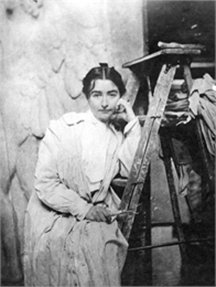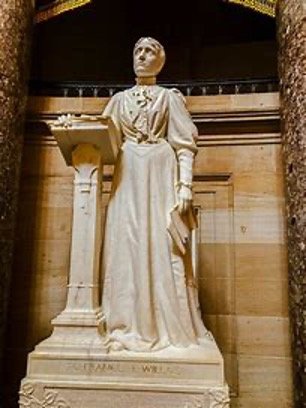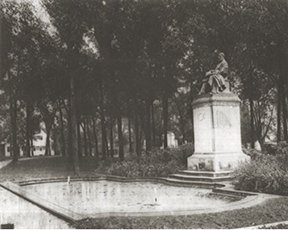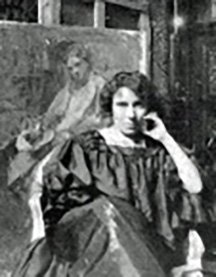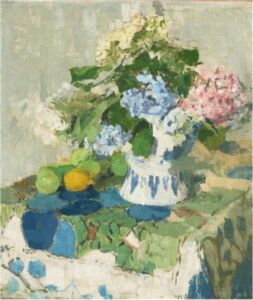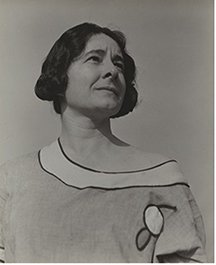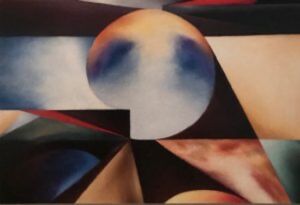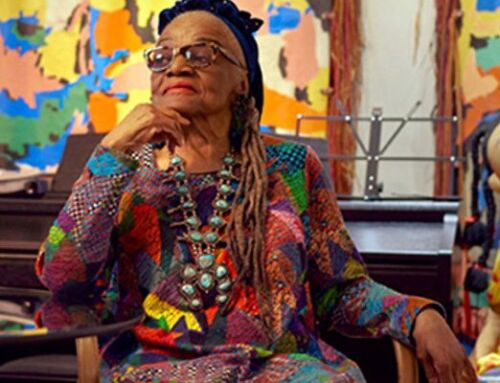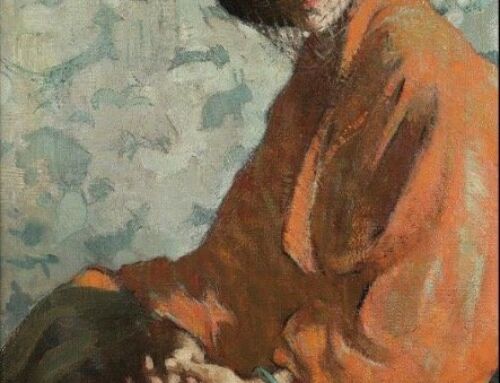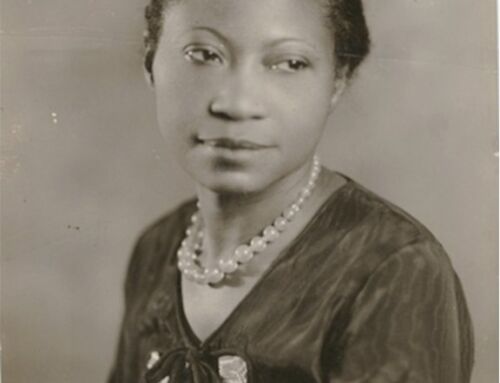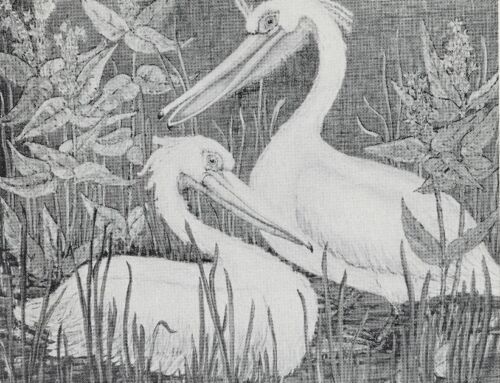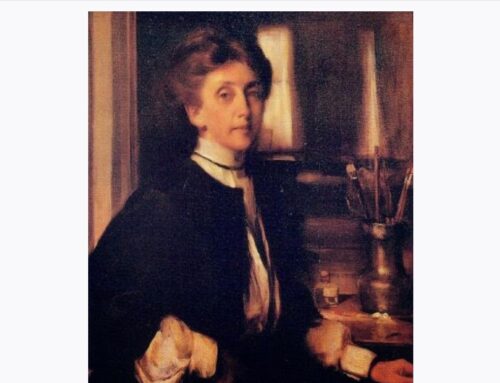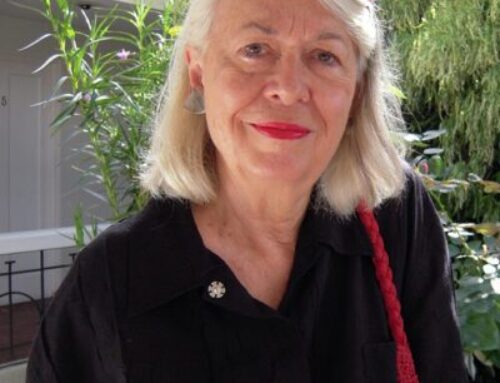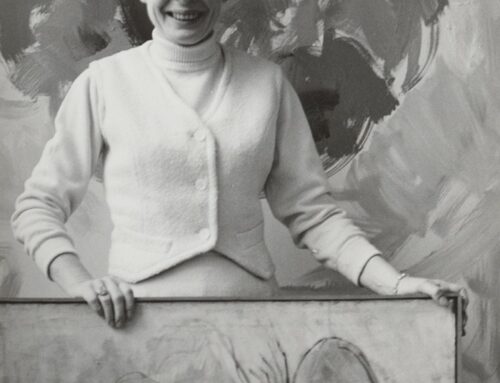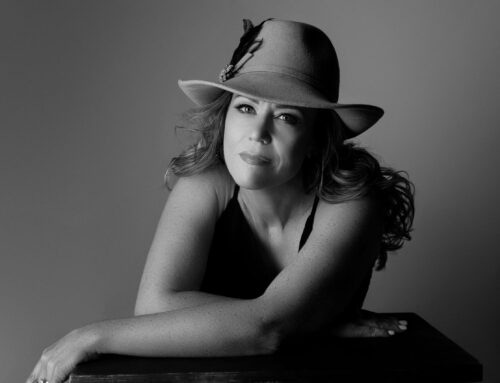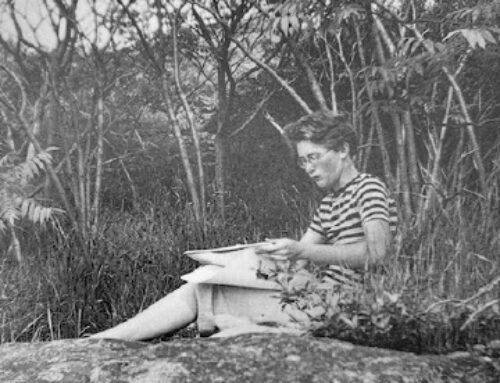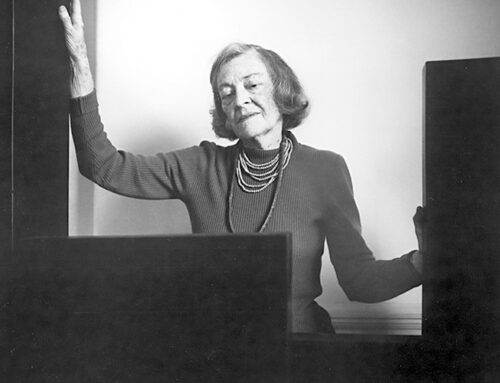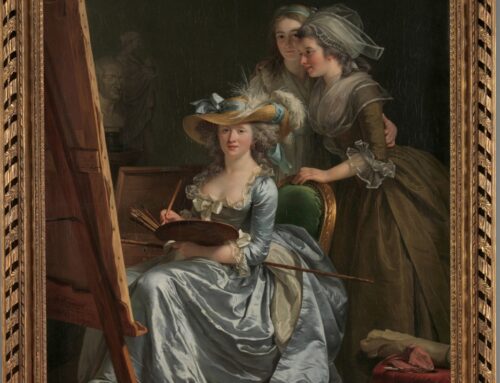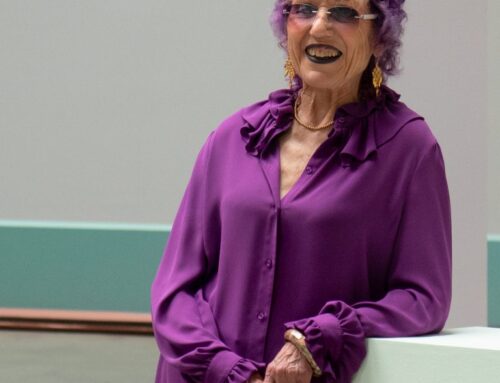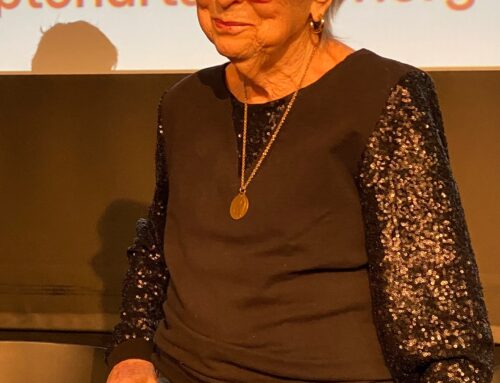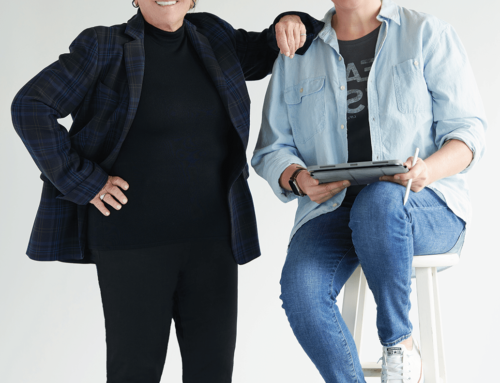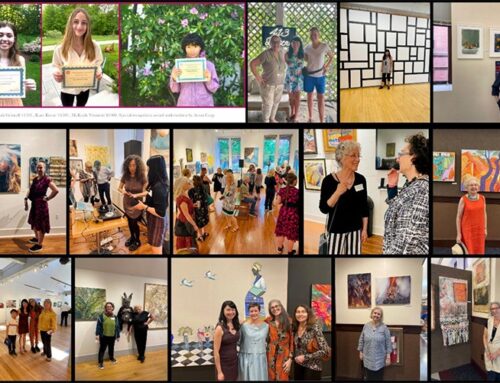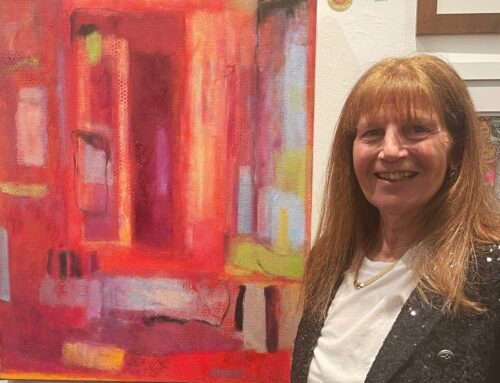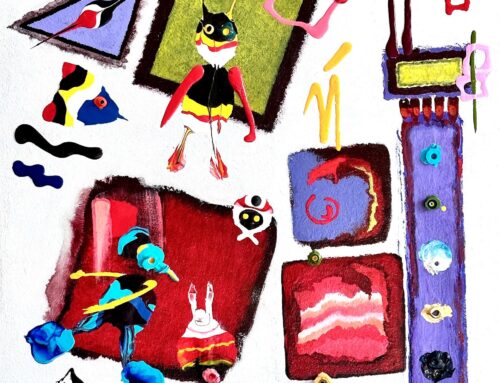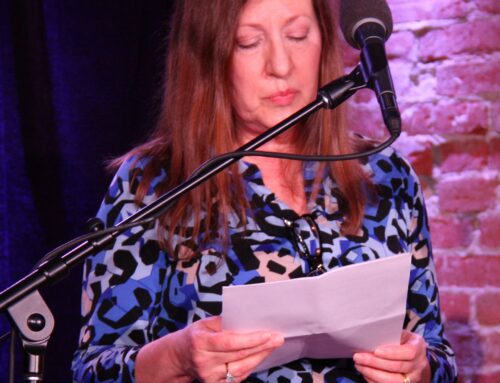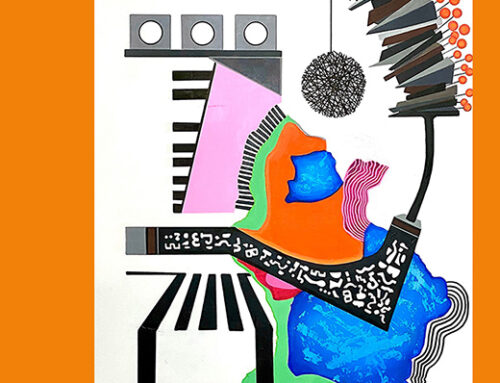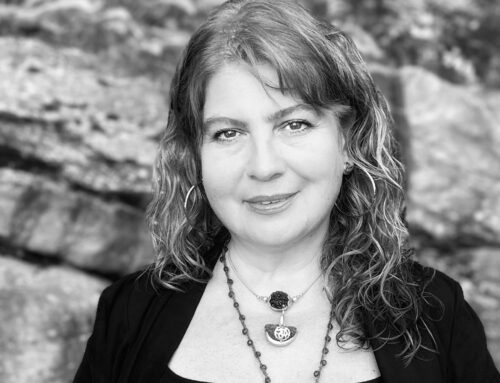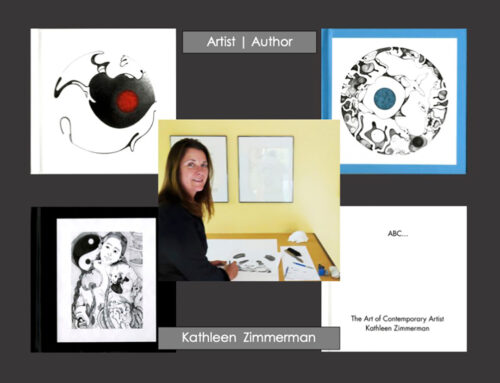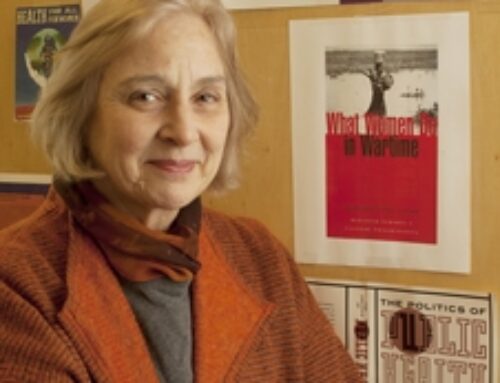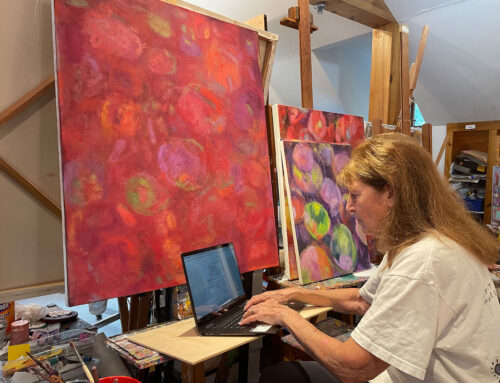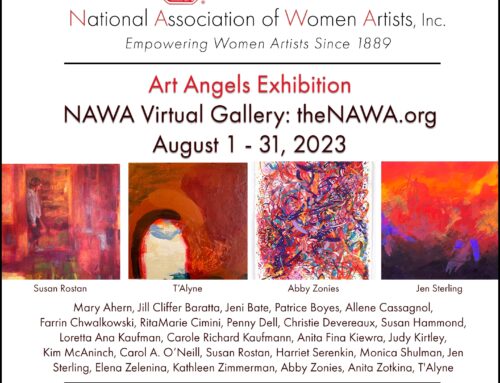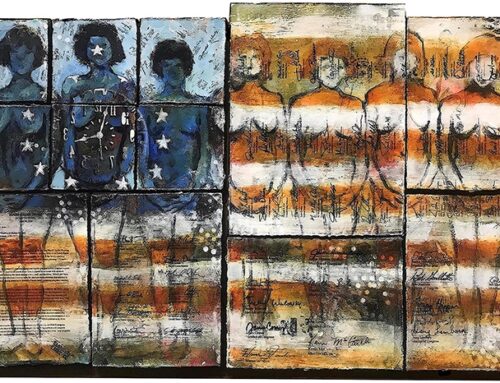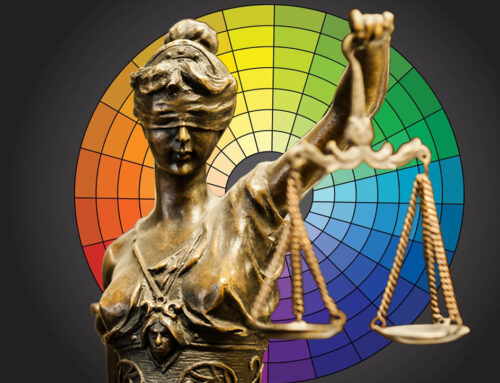NAWA Luminaries – A National Association of Women Artists’ 135th Anniversary Exhibition of works by historic NAWA members from the 19th and 20th centuries at Lincoln Glenn and Graham Shay 1857’s combined galleries
Nawa Luminaries is the intersection of NAWA’s Historical Research and current events around the United States highlighting celebrated NAWA members.
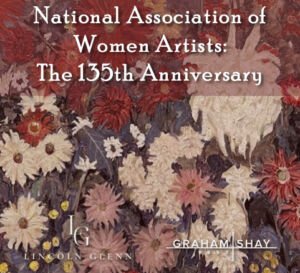 A National Association of Women Artists’ 135th Anniversary Exhibition of works by historic NAWA members from the 19th and 20th centuries will be held at Lincoln Glenn and Graham Shay 1857’s combined galleries. This exhibition will be displayed at their shared space at 17 East 67th Street, Suite 1A, New York, NY, from March 21 – May 31, 2024, with an Opening Reception on Thursday, March 28, 2024, from 5-8pm.
A National Association of Women Artists’ 135th Anniversary Exhibition of works by historic NAWA members from the 19th and 20th centuries will be held at Lincoln Glenn and Graham Shay 1857’s combined galleries. This exhibition will be displayed at their shared space at 17 East 67th Street, Suite 1A, New York, NY, from March 21 – May 31, 2024, with an Opening Reception on Thursday, March 28, 2024, from 5-8pm.
Fifty historic NAWA artists are included in this show!
For ease of considering them in their respective era, they are alphabetized within their grouping, with links to archived biographies when available and the date of their documented participation in an NAWA annual membership exhibition:
1908-1914
Cecilia Beaux (1914); Theresa Bernstein (1916); Anna Richards Brewster (1914); Louise Cox (1893); Mary Abastenia St. Leger Eberle (1908); Harriet Whitney Frishmuth (1914); Emily Nichols Hatch (1909); Malvina Hoffman (1914); Helen Farnsworth Mears (<1916); Josephine Paddock (1914); Jane Peterson (1909); Agnes M. Richmond (1905); Alice Schille (1910); Janet Scudder (1914); Martha Walter (1914); Gertrude Vanderbilt Whitney (1914).
1918-1935
Ruth A. Anderson (1918); Ada Rasario Cercere (1935); Marion Eldridge (1924); Katherine Levin Farrell (1926); Gertrude Horsford Fiske (1918); Alice Judson (1918); Ilah Marian Kibbey (1923); Emma Fordyce MacRae (1923); Kyra Markham (1932); Christina Morton (1918); Henriette Amiard Oberteuffer (1923); Pauline Lennards Parker (1924); Agnes Pelton (1918); Mary Elizabeth Price (1920); Brenda Putnam (1922); Susan Gertrude Schell (1934); May Mott Bird Smith (1924); Hanny Blacquiere Vandervelde (1928); Bessie Potter Vonnoh (1920).
1938-1984
Isabel Bishop (HVP 1983); Dorothy Dehner (1960, HVP 1984); Dorothy Deyrup (1943); Eve Drewelowe (1950); Dorothy Eaton (19420; Dorothy Eisner (1938); Cornelia Foley (1974); Marion Greenwood (1959); Lena Gurr (1938); Lily Harmon (1942); Blanche Lazzell (1939); Doris Lee (1941); Louise Nevelson (HVP 1984); Ida Ten Eyck O’Keefe (1938); Anna Walinska (1952).
This week’s spotlight is on 3 women, one from each of these periods: Helen Farnsworth Mears; Henriette Amiard Oberteuffer, and Ida Ten Eyck O’Keefe.
Helen Farnsworth Mears (1872-1916)
The sculptor Helen Farnsworth Mears, the youngest of three daughters of John Hall Mears, a dealer of farm implements, and Mary Elizabeth Farnsworth Mears, the first Wisconsin poet, was born in Oshkosh, Wisconsin, on December 21, 1872, Learning anatomy from her father, Helen demonstrated artistic ability at an early age. Her parents encouraged her to pursue sculpting, letting her use the family woodshed as a studio. At the Winnebago County Fair, she won her first award at nine for a bust of the god Apollo. At age 16, her kneeling figure, “Repentance,” received favorable notice from the sculptor August Saint-Gaudens.
“Genius of Wisconsin” was originally sculpted by Helen Mears for the Columbian Exposition of 1893. It was later recreated in marble by the Piccirilli Brothers and funded by women of Wisconsin. It now stands at the first-floor southeast entrance of the Wisconsin State Capitol. https://www.wisconsinhistory.org/Records/Article/CS1635
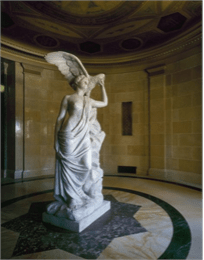
“Genius of Wisconsin” was originally sculpted by Helen Mears for the Columbian Exposition of 1893. It was later recreated in marble by the Piccirilli Brothers and funded by women of Wisconsin. It now stands at the first-floor southeast entrance of the Wisconsin State Capitol.
Mears attended Oshkosh State Normal School (now a branch of the University of Wisconsin). In 1892, she was commissioned to sculpt a design of a woman and winged eagle, titled Genius of Wisconsin, for the Wisconsin Building at the World’s Columbian Exposition in Chicago. While executing the work at The Art Institute of Chicago, she received some encouragement from the sculptor Lorado Taft. The piece’s success, a nine-foot statue, “Genius of Wisconsin,” later installed in the Wisconsin State Capitol, enabled Mears to travel to New York City and enroll in the Art Students League. Shortly afterward, she became an assistant to and student of the sculptor Augustus Saint-Gaudens. With his encouragement and the help of a wealthy Milwaukee patron, Alice Chapman, Mears spent 1897-1899 abroad studying with sculptors Alexander Charpentier and Denys Puech.
On her return to New York in 1899, Mears established a studio on Washington Square, which she shared with her sister Mary. Her craftsmanship and artistic sensibility were respected by her colleagues; in 1904, she was honored at the St. Louis Exposition for her work “The Fountain of Life.” The three-panel bas-relief, which won medals in several competitions, was Grecian in mood and represented a change of direction for the sculptor. Her best-known work, a statue of suffragist and temperance reformer Frances E. Willard, was a commission from the state of Illinois in 1898. Unveiled in Statuary Hall of the U.S. Capitol in 1905, it was the first sculpture of a woman to be placed in the U.S. Capitol Building in Washington, D.C.
Among her other works are bronze busts of George Rogers Clark and William T. G. Morton and bas-reliefs of August Saint-Gaudens, composer Edward McDowell, and her mother, Mary Elizabeth Mears.
In 1907, Mears and her sister, writer Mary Mears, received the first MacDowell Fellowships, artist residencies in Peterborough, New Hampshire, United States, founded by Edward MacDowell and his wife, pianist, and philanthropist Marian MacDowell. More fellowships followed at MacDowell: 1908, 1909, 1910, and 1911. Around this time, Mears became a National Association of Women Painters and Sculptors member.
In 1910, George B. Post, the architect of the Wisconsin State Capitol then being designed, attempted to secure the services of the well-known sculptor Daniel Chester French to create a statue of Wisconsin to be placed on top of the dome. When French turned the commission down, Post recommended Mears for the job. With the belief that she had the contract, she began working on a model; she ultimately created three models, two of which received feedback from the commission. By August 1911, Post suggested that Mears could not complete the design in their time frame, and the commission ultimately selected French to complete the sculpture. Mears was paid $1,500 for the work she had already completed, but the loss of the commission was devastating.
She completed the Adin Randall Fountain in Eau Claire, Wisconsin, in 1914, and her bas-relief, Portrait of My Mother, won an honorable mention at the San Francisco Panama-Pacific Exposition in 1915. Helen Mears died unexpectedly on February 17, 1916, at age 43, of pulmonary edema. Among several works left unfinished at her death was the portrait of a laborer, The End of Day, which was never permanently cast. In 1927, the Wisconsin Federation of Women’s Clubs honored the sculptor by establishing an art competition for schoolchildren in her memory.
Sources:
James, Edward T., ed. Notable American Women 1607–1950. Cambridge, MA: The Belknap Press of Harvard University Press, 1971.
https://images.library.wisc.edu/WI/EFacs/WICapitol/WICapitol1/reference/wi.wicapitol1.i0013.pdf
https://www.macdowell.org/artists/helen-mears
McHenry, Robert, ed. Famous American Women. NY: Dover, 1983.
https://www.wisconsinhistory.org/Records/Article/CS1635
Henriette Amiard Oberteuffer (1878-1962)
Painter, printmaker, and teacher Henriette Amiard Oberteuffer (1878-1962) was born Henriette Aurélie Eugénie Amiard in 1878 in Le Havre, France, the daughter of Charles Etienne Amiard, a coal merchant and amateur artist, and Victorine Alexandrine Daquet.
Henriette studied at the Academie Julian in Paris with Jean-Paul Laurens and Benjamin Constant, exhibiting at the Salon d”Automne and the Salon des Indépendants. Henriette met American artist George Oberteuffer at the Academie, and the two married in 1905. Their son, the painter Karl, was born in 1908.
The Oberteuffers moved to the United States after World War I, and the two often exhibited their paintings together, including an exhibition at the Knoedler Gallery in New York City in 1920. In 1922, they moved to Milwaukee, Wisconsin, where George Oberteuffer worked as an art teacher. Henriette exhibited at the National Academy of Design, the National Association of Women Painters and Sculptors, and the Salons of America, among others. She was an active member of the latter two.
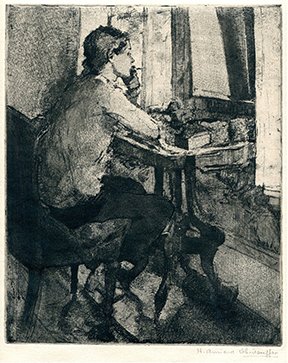
The Cigarette, 1934; etching (Published by Associated American Artists, New York)
Both Oberteuffers ran a summer art school in Cedarburg, Wisconsin, and exhibited regionally; both won the prestigious Logan Prize from the Art Institute of Chicago, George in 1926 for a portrait of Henriette, and Henriette in 1927 for The Yellow Dress.[ In the 1930s, they taught art in Memphis, Tennessee, first at the Lee Academy, then the Memphis Academy of Arts.
Henriette won a competition to create a Works Progress Administration mural in the U.S. Post Office and Courthouse in Vicksburg, Mississippi. Vicksburg—Its Character and Industries was installed in 1939. A joint exhibition, which included their son, Karl Oberteuffer, was held at Vose Galleries, Boston, in 1940. Critics of her time compared her work to that of Berthe Morisot and Mary Cassatt.
Henriette Amiard Oberteuffer died in Lexington, Massachusetts in 1962. A posthumous loan exhibition titled Henriette Amiard Oberteuffer and George Oberteuffer: paintings, watercolors, pastels, and prints was held at the Dixon Gallery and Gardens, Memphis, Tennessee, in 1979.
Her work is in the Art Institute of Chicago collections, the Phillips Collection, and the Minneapolis Institute of Art.
Sources:
https://brierhillgallery.com/oberteuffer-henriette-amiard-1878-1962/
https://en.wikipedia.org/wiki/Henriette_Amiard_Oberteuffer
Ida Ten Eyck O’Keeffe (1889-1961)
Ida Ten Eyck O’Keeffe, an American visual artist known for oil paintings, watercolors, and monotypes, was born on October 23, 1889, in Sun Prairie, Wisconsin. The younger sister of painter Georgia O’Keefe and the third of seven children, Ida was the second of five sisters born to the O’Keefe family of Wisconsin. When Ida was 13, the family moved to Williamsburg, Virginia, where O’Keeffe took drawing classes in summer school at the University of Virginia.[3] With her younger sister Anita and her more famous older sister Georgia, she studied art with local watercolor artist Sara Mann. Arguably, they were also encouraged by two grandmothers who were artists.
When the family moved to Charlottesville, they had to convert their home into an income-producing boarding house. Ida studied education and began teaching in southwest Virginia, eventually receiving her degree in 1917.
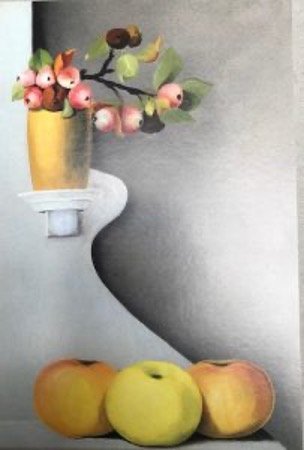
Still Life with Fruit, 1926, oil on canvas Peters Family Art Foundation, The Clark, Williamstown, MA
World War I erupted, and after their mother’s death, Ida joined Georgia in New York City, studying nursing. Georgia had been introduced to Alfred Stieglitz and his gallery support, and Ida was drawn into the Stieglitz circle and became seriously interested in art.
In 1929, Ida entered Teachers College of Columbia University and came under the influence of painter Charles James Martin. Ida studied with Martin in Cape Cod’s Provincetown in the summers. She discovered Truro’s nearby Highland Light (house) and adopted it as the subject for her graduate painting requirements. Ida considered the series her artistic breakthrough using Dynamic Symmetry in the same manner as Frank Stella’s and Charles Demuth’s modernist compositions 1. Ida worked as a nurse through the difficult years of the Depression. She began to exhibit her work at Opportunity Gallery and Delphic Studios in NYC, where she received favorable attention.
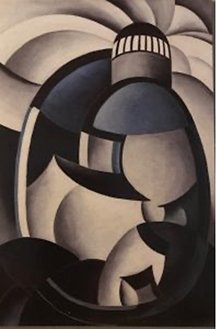
Variation on a Lighthouse Theme II, c. 1931-1932, oil on canvas, Private Collection, [The Clark, Williamstown, MA]
Ida taught in Tennessee and then at the Valle Crucis School for Girls in northwestern North Carolina. She had short teaching stretches in Alabama, Missouri, and New York and finally found a permanent art head position at Lake College in San Antonio, Texas.
Ida and Georgia grew apart, and Georgia, supported by then-husband Stieglitz, is credited with telling her sister that there was room for only one successful woman artist in the O’Keeffe family. Ida retorted that “…she would be famous too if she had a Stieglitz.” 2.
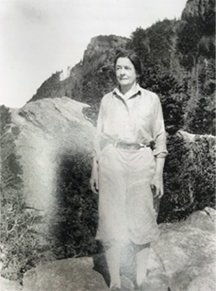
Ida O’Keeffe, c. 1935, The June O’Keeffe Sebring Trust
In 1938, Ida exhibited in the annual membership show of the National Association of Women Painters and Sculptors. Her last teaching job was founding head of the Art Department for Indians at Pembroke State College in southern North Carolina. In 1942, Ida left North Carolina and took a job with the Douglas Aircraft Company in California, soon moving to Whittier, CA, where she spent the remaining years of her life. By 1943, she had purchased a bungalow with a garden not far from the Whittier Art Association and the Woman’s Club, where she curated exhibitions and showed her work, including her early lighthouse series.
Close to her sisters Anita and Claudia, who lived in California, she remained estranged from Georgia, who lived in New Mexico by then. Georgia kept up with Ida through communication with her other sisters, but Georgia never invited Ida to visit her in New Mexico.In 1950, Ida’s health began to decline, and all the sisters supplemented her limited income. She died in Los Angeles on September 27, 1961, and her remains rest in Forest Hill Cemetery, Madison, WI. Sister Claudia inherited Ida’s house and possessions. With Claudia’s death, Ida O’Keeffe’s artworks were auctioned, and they soon appeared in thrift shops and at local flea markets around L.A.
Sources:
2Canterbury, Sue, editor and contributor, Ida O’Keeffe: Escaping Georgia’s Shadow, Dallas Museum of Art, 2018. (exhibition catalog), p.65
https://www.clarkart.edu/exhibition/detail/ida-o-keeffe-m-intro
1 Gilmore, Jann H. (2019). Ida Ten Eyck O’Keefe (1889-1961) https://americanwomenartists.org/rediscovered-ida-ten-eyck-okeeffe-1889-1961/
https://www.smithsonianmag.com/arts-culture/ida-okeeffe-georgia-lesser-known-sister-180970724/
Susan M. Rostan, M.F.A , Ed.D. Co-Leader: NAWA Historical Research Team
Signature Member of the National Association of Women Artists
NAWA. Empowering Women Artists Since 1889



